Swimming pool kick pad
A swimming pool kick pad is a specialized equipment used primarily in swim training and aquatic fitness activities. It serves multiple purposes, including providing buoyancy assistance, enhancing propulsion during kicking drills, and promoting proper body position and technique in the water. In this detailed description, we will explore what a swimming pool kick pad is, its construction and materials, its benefits and uses in swim training, considerations for choosing and using a kick pad, and its importance in improving swimming skills and performance.
Understanding Swimming Pool Kick Pad
Definition and Purpose: A swimming pool kick pad is a buoyant and often padded device designed to support a swimmer’s legs and lower body during kicking exercises. It helps swimmers maintain proper body alignment and buoyancy while focusing on developing leg strength, kick technique, and overall swimming efficiency. Kick pads are commonly used in swim schools, competitive swim training, aquatic rehabilitation, and fitness classes.
Construction and Materials: Kick pads are typically made from durable, buoyant materials that can withstand prolonged exposure to chlorine and sunlight. Common materials include foam, EVA (Ethylene Vinyl Acetate), and closed-cell foam, which provide both buoyancy and comfort for the swimmer. Some kick pads feature a textured surface or handles for improved grip and stability during use.
Benefits and Uses in Swim Training (Swimming pool kick pad)
Enhanced Propulsion: Kick pads help swimmers generate greater propulsion during kicking drills by maximizing the surface area of contact with the water and promoting efficient leg movements.
Improvement of Technique: By supporting the lower body and promoting proper body position, kick pads help swimmers focus on refining their kicking technique, including flutter kick, breaststroke kick, and dolphin kick.
Building Leg Strength: Regular use of kick pads strengthens the muscles in the legs, hips, and core, essential for maintaining speed and endurance in swimming.
Considerations for Choosing and Using a Kick Pad (Swimming pool kick pad)
Swimmer Skill Level: Consider the swimmer’s proficiency level and specific training goals when selecting a kick pad. Beginners may benefit from more buoyant and supportive pads, while advanced swimmers might prefer pads that offer greater flexibility and minimal interference with kicking technique.
Size and Fit: Choose a kick pad that comfortably supports the swimmer’s lower body without restricting movement or causing discomfort. Adjustable straps or handles can enhance stability and ease of use during drills.
Durability: Opt for kick pads made from durable materials that can withstand frequent use in chlorinated pool water without losing buoyancy or structural integrity over time.
Importance in Improving Swimming Skills and Performance (Swimming pool kick pad)
Technique Refinement: Kick pads facilitate focused practice on kicking technique, helping swimmers refine their movements and achieve more efficient propulsion in the water.
Performance Enhancement: By developing leg strength and endurance, kick pads contribute to improved swimming performance across all strokes, enhancing speed, stamina, and overall competitiveness.
Confidence Building: Using kick pads can boost swimmers’ confidence by providing tangible support and feedback during training, leading to greater comfort and competence in the water.
Injury Prevention: Proper use of kick pads can help reduce the risk of overuse injuries by promoting balanced muscle development and correct body alignment during kicking exercises.
Conclusion (Swimming pool kick pad)
In conclusion, a swimming pool kick pad is a valuable tool in swim training and aquatic fitness, designed to support and enhance a swimmer’s kicking technique, strength, and overall performance in the water. Whether used for skill development, rehabilitation, or competitive training, kick pads provide essential buoyancy support, promote proper body alignment, and facilitate focused practice on kicking mechanics.





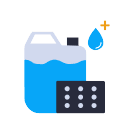



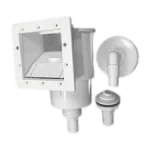


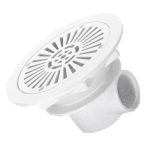






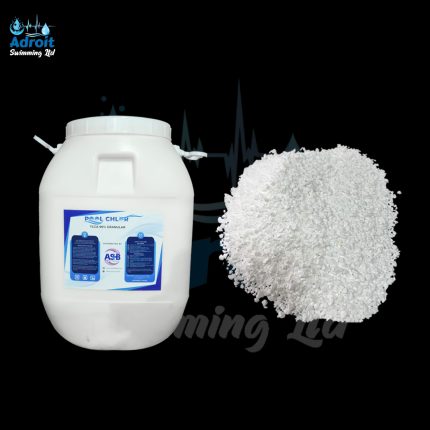
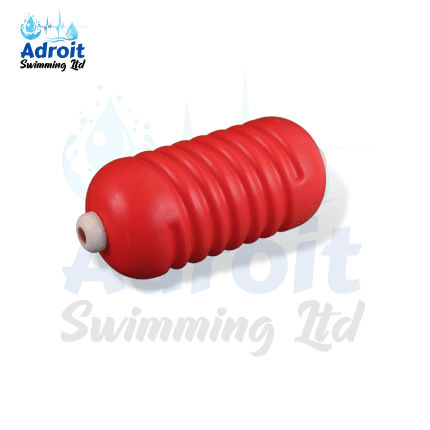
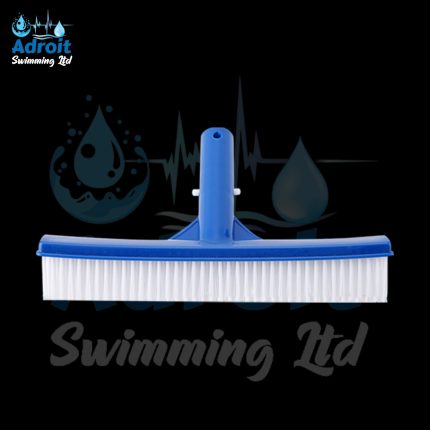
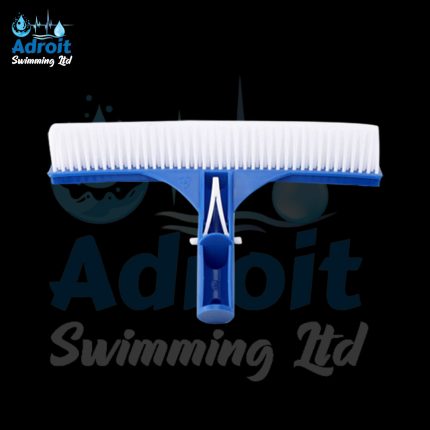
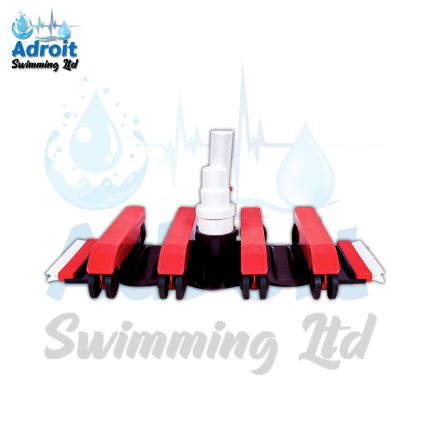
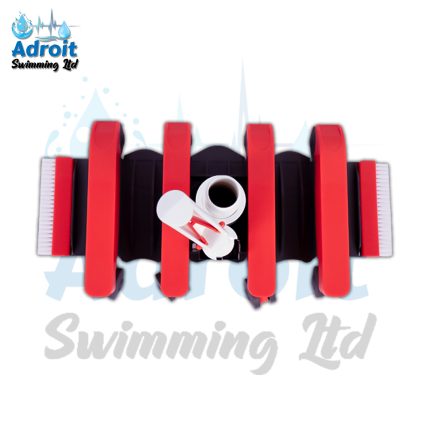
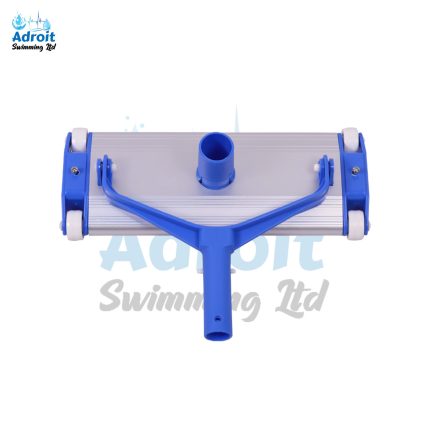
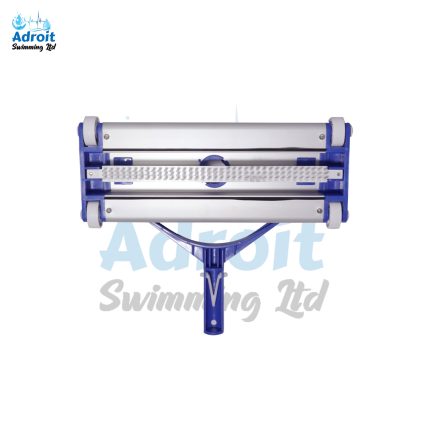
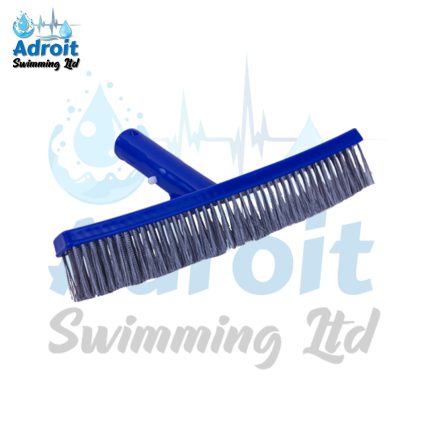
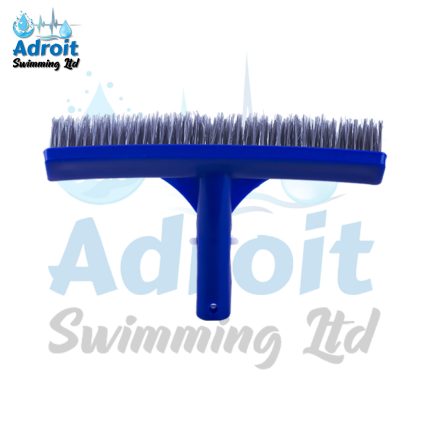
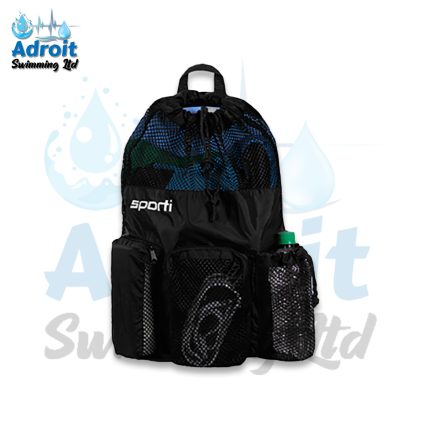
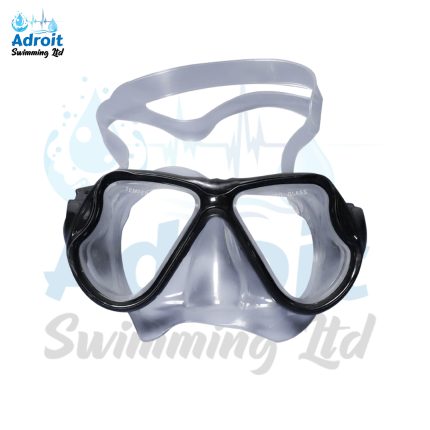
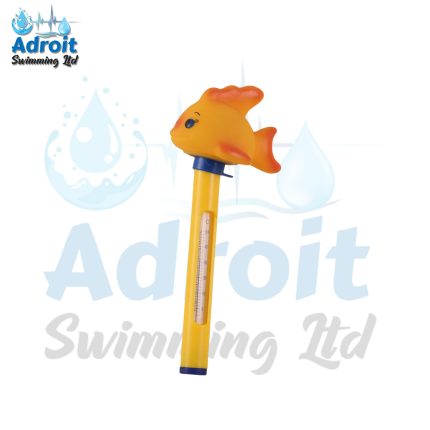
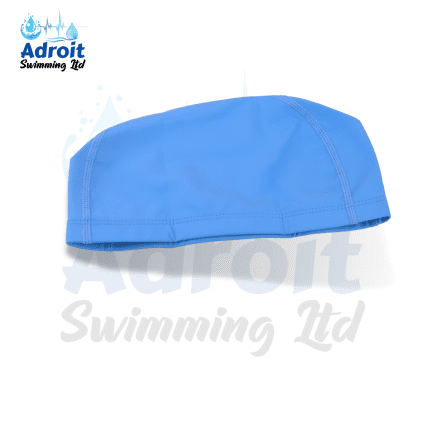
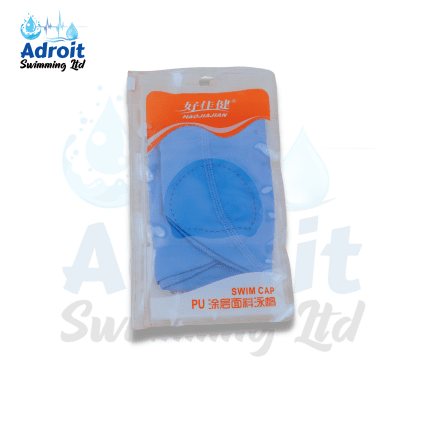
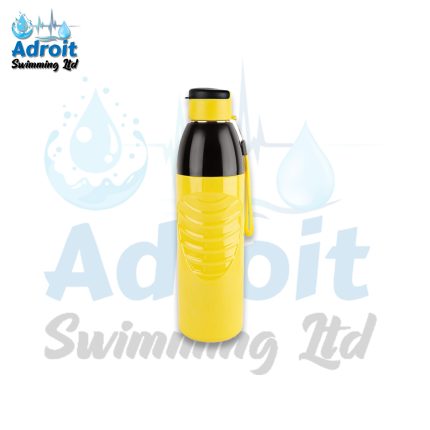
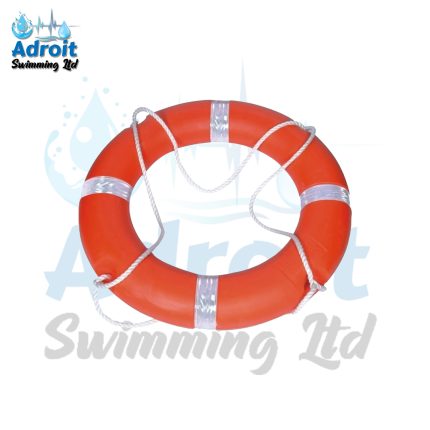
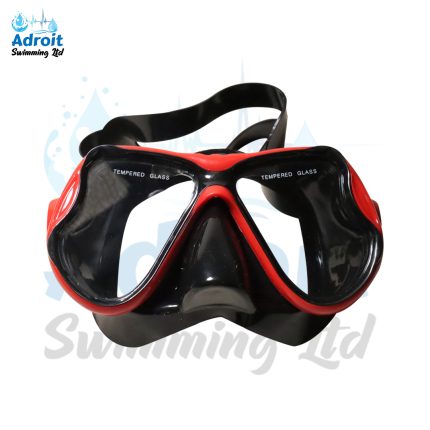
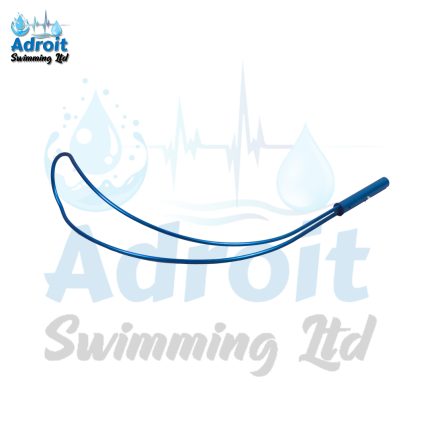
Reviews
There are no reviews yet.